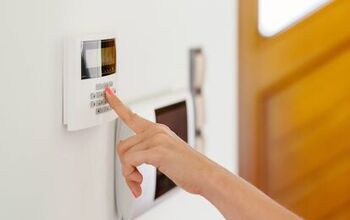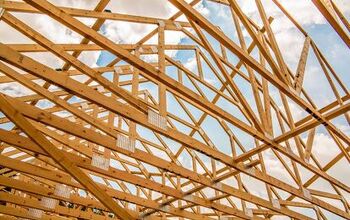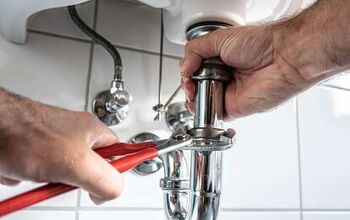Why Is My Verizon Router Yellow? (8 Things to Check & Fix)

Seeing a yellow light on your Verizon router may seem like the start of a long, complicated issue, but the truth is it’s a pretty straight forward fix. The loss of internet connection on a router can really only be caused by a few different things. Typically, it will either be a problem with your internet service or the router itself.
A solid yellow light on your Verizon router will indicate you have no internet connection. To fix this connection issue with your router, you can look for loose cables, check the ethernet cable, reboot the router, make sure the system isn’t overheating, look for malware, do a factory reset, or call in a professional for more guidance.
In this article, we’ll go over why your router light is yellow, how you can fix it, and what color it should be to show you have a solid internet connection. Let’s get started, so you can get back online.
Why is My Verizon Router Light Yellow?
There are actually two reasons for why your Verizon router has a yellow light. A blinking yellow light, on the other hand, actually indicates how close an extender is, so you can position your equipment correctly. It can also mean there is a loose or faulty cable, so your unit is only getting a partial signal.
Should the extender itself have a solid yellow light, it simply means it’s ready to pair with the router. When this happens, the router will show a blinking blue light.
As we said above, a solid yellow light on the router means you have no internet connection whatsoever. This issue can have a handful of different solutions, which is what we’ll be talking about below.
How Can I Fix a Yellow Light on a Verizon Router?
Since a solid yellow light indicates you have no internet connection, you’ll obviously want to resolve the issue as quickly as possible. We’ve compiled these fixes, so you know exactly what to do and the best order to try things. In this quick troubleshooting guide, we’ll talk about:
- Checking for Service Outages
- Looking at Connections and Cables
- Doing a Broadband Test
- Restarting the Router
- Making Sure the Router isn’t Overheating
- Checking for Malware
- Doing a Hard Reset
- Contacting a Professional
See if Service is Down in Your Area
Before you start messing around with your router, make sure service isn’t down in your area. To do this, you can simply sign into your Verizon account and check for outages in your area. Sometimes, this will be pretty obvious, especially after a bad storm. That said, random outages can still occur, so it’s worth checking.
Check Connections and Cables
In many cases, a loose or unplugged cable can cause your poor internet connection. The good news is this is a very easy fix. All you have to do is check the back of your router and any devices connected to it to make sure all the cables are secure.
If the ethernet cable is the problem, check the small plastic tab at the top. This will make the terminal end lose, which can mess up the connection. If any cables are damaged, you’ll want to have them replaced as quickly as possible.
Broadband Test
One of the first things you should do is check your Ethernet connection. Typically, this cable connects to the router to provide a connection. To test the connection, plug this directly into a desktop computer or laptop to see if it works.
If it does work with a direct connection but not in the router, you are most likely dealing with a hardware or software issue. Unplug and plug the cable into the router to see if this fixes the issue. For further help, you’ll most likely have to call a technician.
Restart the Router
If you’re having issues with your Verizon router, one of the simplest methods you can try is simply rebooting the system. You can do this by either hitting the power button or unplugging the entire router. Leave the router off for a few minutes and then turn it back on. Here are two things to note:
- If your router has a backup batter, you will need to disconnect the battery as well when you reboot the system.
- If your router is connected to an Optical Network Terminal (ONT), be sure to unplug that. This terminal may be inside or outside your home. Be sure to deal with the ONT box first.
Make Sure the Router Isn’t Overheating
If you’re experiencing connection issues, it could be because your router is overheating. This is usually the case with older routers. If you notice your router feeling hot, you may want to turn it off and let it cool off. Remember to disconnect any backup batteries, so they don’t keep running.
If you find your router frequently overheating, you may want to move it to a more open space where it isn’t so congested. Most people have issues with overheating routers if they are up against the curtains, in a cabinet, or near a furnace.
Hard Reset the Router
Another easy way to clear any issues with your router is to reset it to the default settings. To do this, you simply have to hold down the reset button for approximately 20 seconds. This has many benefits, including removing unwanted cache data and stopping ongoing attacks from hackers.
Be sure to have your login credentials on hand, so you can finish the installation process as quickly as possible.
Check for Malware
Although it’s rare, there is a chance a virus can hack your router and change your DHCP (Dynamic Host Configuration Protocol) and direct your internet through its own servers. Basically, what this means for you is all your personal information will be out in the open and ready for hackers to steal.
All you have to do is run a malware scan through an antivirus program before you reset the router. Otherwise, hackers can just go back in and change the settings again.
Contact a Professional
Sometimes, a problem will be too complex to fix on your own. If you can’t seem to find the root of the problem on your own, your last bet is to contact your service provider and have them take a stab at it. If you’re lucky, the issue could be as simple as the systems being down for maintenance.
Can a Factory Reset Mess Up Internet Connection?
For the average WiFi user, doing a hard reset should not change much once your router reboots. In most cases, your router will already be operating pretty close to its original factory settings. Therefore, you won’t have to worry about doing any extra work.
That said, gamers or other users that need specific WiFi settings may run into more issues. Most commonly, they’ll have to re-establish connection to the DCHP, which allows you to connect to specialized servers.
What Color Should the Light on a Verizon Router Be?
In most cases, your Verizon router light should be white. A solid white light tells you everything is working as it should. You may also see a blue light, which isn’t a bad thing. A blinking blue light is showing your router is ready to pair to a device and a solid blue light says it already has paired. If your router has any other color light, it could signify a deeper issue.
So, What Can You Do About a Yellow Blinking Light on Your Verizon Router?
Depending on if the yellow light on your router is blinking or solid, there could be a handful of different causes. Fortunately, most fixes are pretty straight forward, which means you can expect to have the problem resolved quickly.
The first thing you should always do is see if there is an outage in your area. After that, check your cables, restart the router, check for malware, do a hard reset on the router, and make sure the router isn’t overheating.
When all else fails, get in touch with a Verizon professional to discuss any issues with your router further.

I am a copywriter and editor based in the Las Vegas area with nearly a decade of experience under my belt writing landing pages, cost guides, blog posts, newsletters, case studies, and social media content. I have a degree in Strategic Communication and experience working in both the account and creative spheres. My goal is to always be discovering new interests and bettering myself as a writer and editor along the way.
More by Kerry Souder



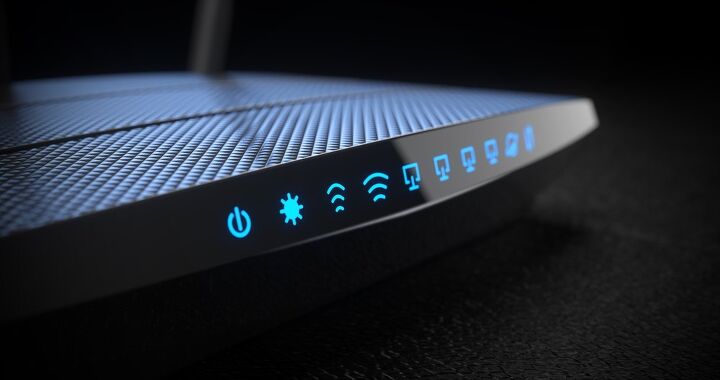







![Finishing Basement Without Permit [Is It Really Illegal?]](https://cdn-fastly.upgradedhome.com/media/2023/07/31/9070078/finishing-basement-without-permit-is-it-really-illegal.jpg?size=350x220)
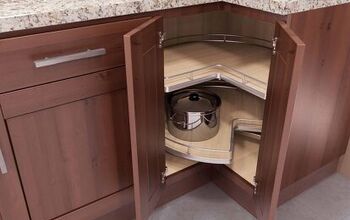
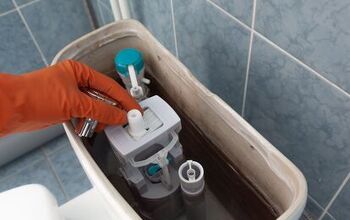
![10 Best Scroll Saws for 2022 [Ultimate Reviews & Buyer's Guide]](https://cdn-fastly.upgradedhome.com/media/2023/07/31/9070684/10-best-scroll-saws-for-2022-ultimate-reviews-buyer-s-guide.jpg?size=350x220)



